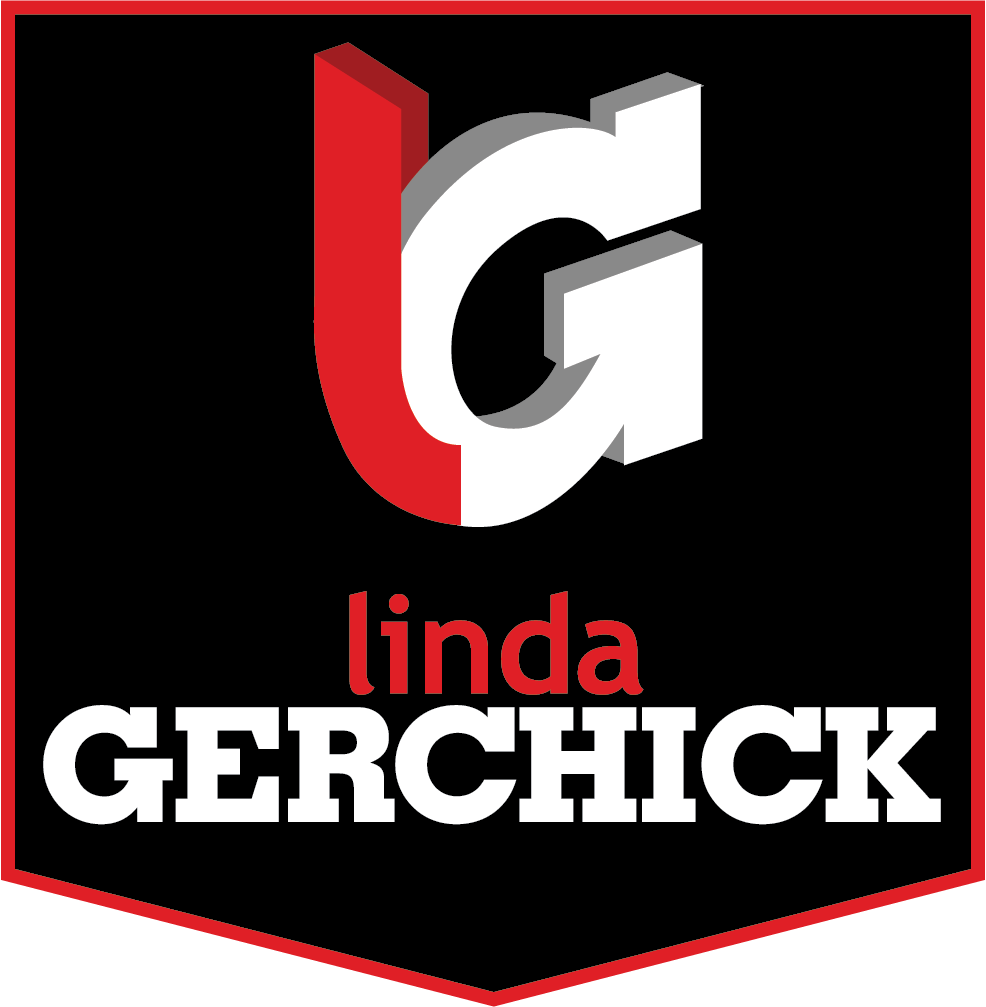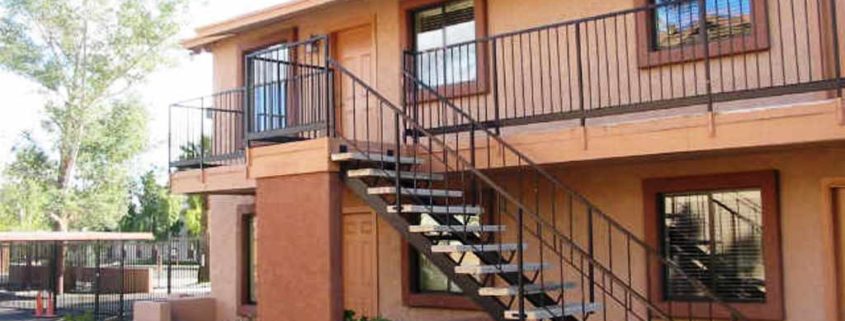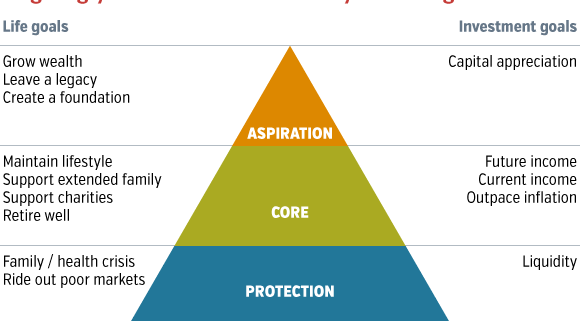Key Points of Corporate Tax Reform
- Corporate tax reform looks to be a top priority for Congress and the Trump administration
- Supporters are promoting strategies designed to boost the economy
- Changes implemented could have an impact on the markets and investors
Discussions about corporate tax policy are usually just the ticket for those wanting to be left alone at dinner parties. As investors though, we should be aware of how potential changes in corporate tax policy can impact the value of companies of which we are shareholders. In some cases, changes in corporate taxes can have as much impact on our financial well-being as changes in personal tax rates.
Changes affecting imports and exports
There are a number of proposals reportedly being evaluated, but one in particular could have notable implications for the economy, corporate earnings, currency values, and even international trade.
This proposal is sometimes called a “border tax”, but legislators more accurately refer to it by its full title of “destination-based cash flow taxation.” The title may not exactly roll off the tongue, but it denotes the basic idea of eliminating taxes on exports while disallowing the cost of imports as a deductible item for tax purposes. The goal is to incentivize shipping more goods abroad while reducing imports, presumably to encourage more domestic production.
It remains to be seen how far this proposal goes, but in its purest form, it could have significant investor implications. Based on present activity, this proposal could also generate higher tax revenue for the federal government given that the U.S. currently imports more than it exports.
Improving U.S. competitiveness by lowering taxes
The U.S. currently has the highest corporate tax rate in the developed world at 35%, according the Organization of Economic Cooperation and Development (OECD). Allowable deductions and credits lower the actual or “effective” tax rate most companies pay, but the complexity of the U.S. tax code often inadvertently entices businesses to locate operations in more favorable tax jurisdictions outside the U.S.

Benefits of repealing the “repatriation tax”
Any meaningful reform of the corporate tax code is also likely to lower or eliminate the tax on income generated outside the U.S. Currently, businesses face the full corporate tax rate (as high as 35%) on foreign income — but only when the profits are brought home to the U.S. (i.e. “repatriated”). This policy is very unusual and has the unintended consequence of encouraging companies to keep their foreign generated profits outside the U.S. As a result, it can be more appealing for large, multi-national firms to expand production overseas.
It is estimated that domestically based companies held approximately $2.5 trillion outside the U.S. as of the third quarter of 2016 according to Capital Economics, an economic research firm. It’s impossible to say how much of this money would be brought back to the U.S. if rates were cut or eliminated, but reinvesting that cash domestically could have notable economic benefits. Companies could invest in new operations, hire more workers, pay higher dividends, reduce debt, or repurchase shares.
Nothing firm yet, but an issue to watch
Specific proposals for corporate tax reform are still taking shape. The potential of these policies to have material economic or financial market implications, however, makes it an issue worth careful watching. Investors should note that changes to corporate tax laws could have a meaningful impact on their portfolios.












